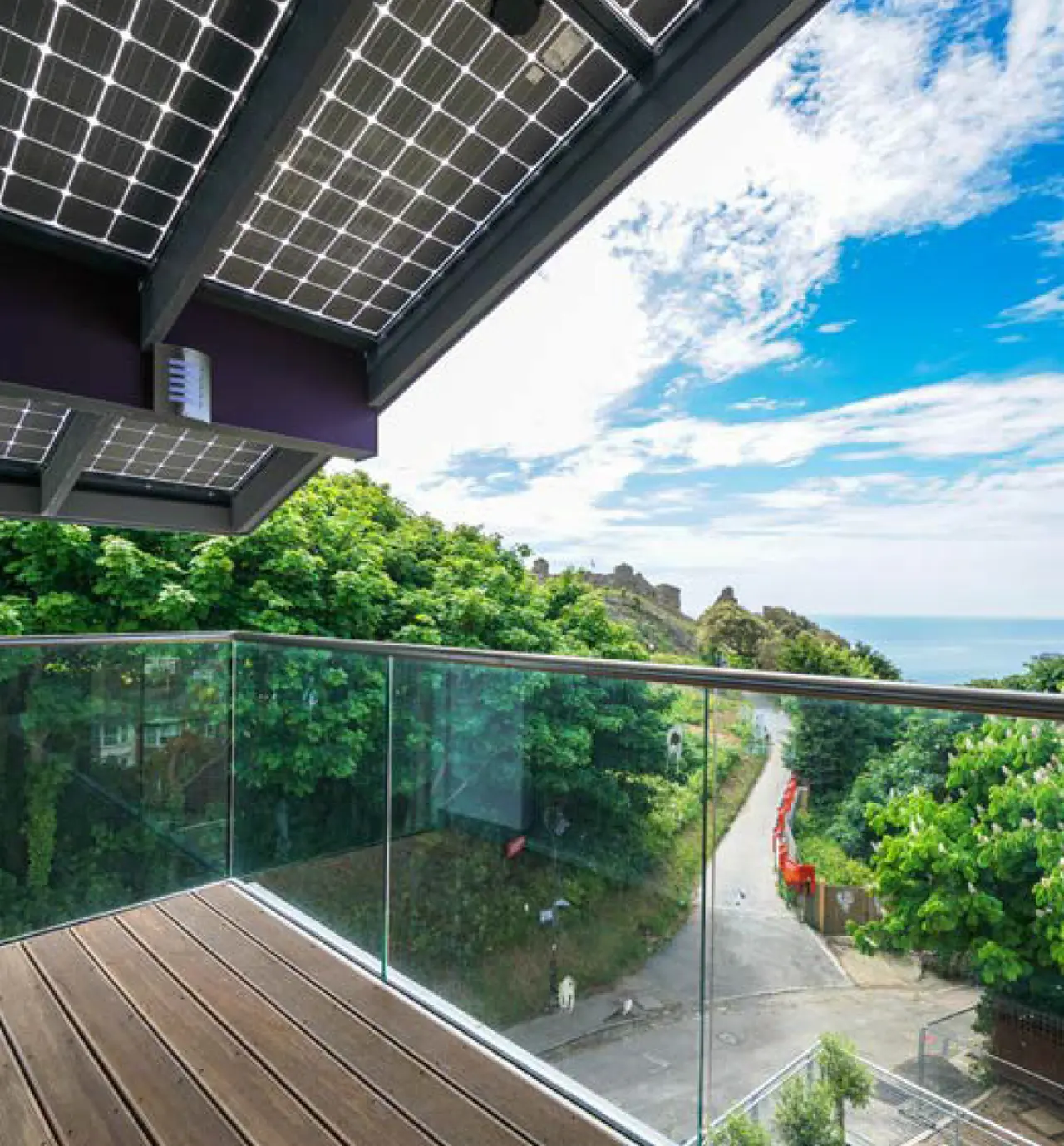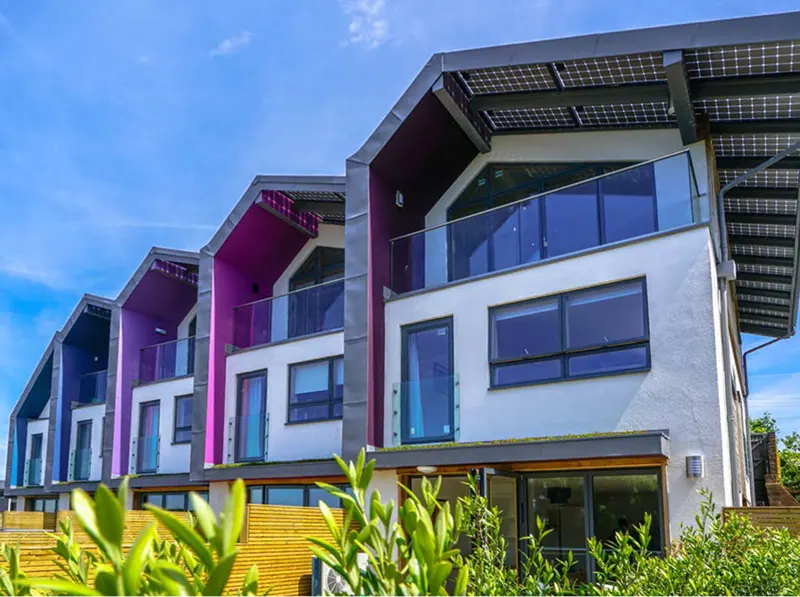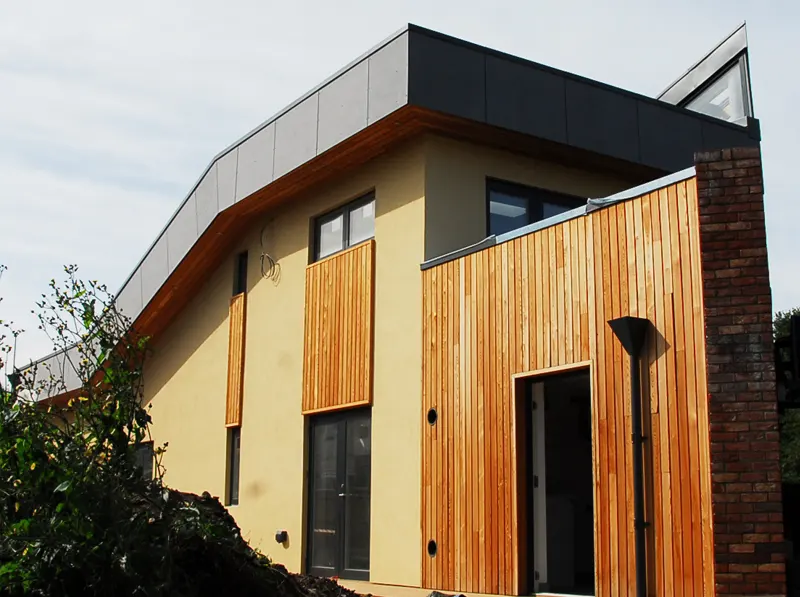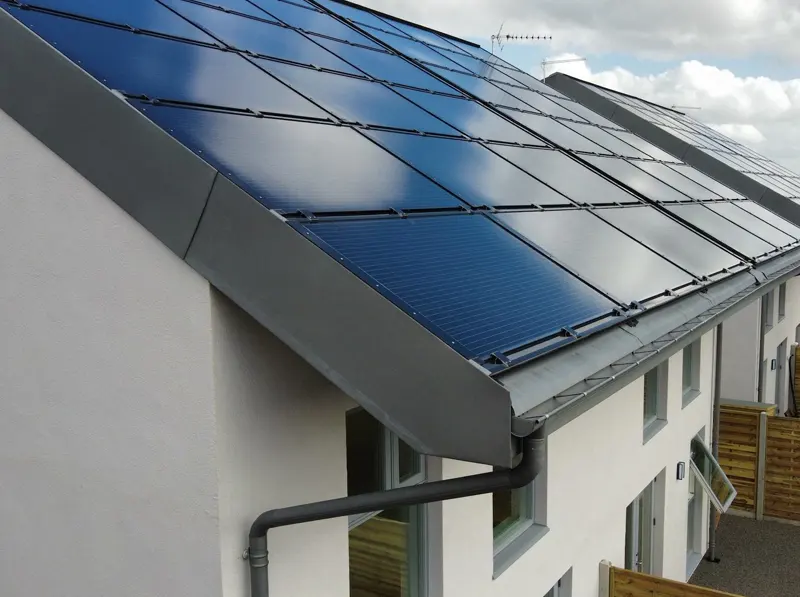Architectural Services
Construction detailing &
cost-effective delivery
The ZED team offers consultancy in architecture, construction detailing, cost-effective delivery, product design, masterplanning, renewable energy and the development of meaningful environmental strategy, policy and performance targets.
We help third parties make a transition towards a low carbon future – and believe that whole life climate neutrality has to become our collective target for the construction industry.
Many UK local councils have responded to concern about runaway climate change, and have now taken policy action with a democratic vote to prioritise this agenda.
How can we respond to a local communities declaration of a climate emergency?
The key criteria is to deliver new homes and urban infrastructure that make no net contribution to accelerating climatic change over the projects lifespan. This makes human development projects net climate-neutral from inception to demolition or recycling.
The ZEDlife strategy has evolved the following proven strategies over the past two decades:
Use low environmental impact materials
Make the new development from low environmental impact materials to reduce the embodied carbon footprint of both inception and maintenance – using local materials and labour wherever possible. It is important to take care not to specify materials with short life expectancy or high toxicity – particularly in fire situations as demonstrated by Grenfell.
Integrate renewable energy systems
Incorporate sufficient building integrated renewable energy systems such as building-integrated photovoltaics to both meet annual total development requirements but also generate a modest annual surplus of renewable energy that can be exported to offset the carbon footprint of grid electricity used by the wider community.
Reduce carbon footprint
If the following simple principles are applied – we find it is possible on a well designed project to repay the embodied carbon debt of the original construction with the avoided carbon footprint of around 25 years of renewable energy production from the buildings envelope. To achieve this figure – all of the above parameters have to be optimised. This is the first time that a single number can summarise the environmental footprint of any development project.
We believe that the simplicity of this approach is important – as it can be summarised on one page, and can be easily audited by a local authority to check compliance. If these principles became commonly adopted for both masterplanning, new build and the refurbishment of existing buildings – it is possible that our civilisation can move from being the source of the environmental problem as defined by Extinction Rebellion to becoming a ‘planetary curator’.
If local communities decide to adopt this stewardship role – the all-important transition away from reliance on carbon-intensive lifestyles and work styles whilst respecting the rights of other species sharing our environment will have started in earnest. This is potentially the ‘turning point’ in our collective evolution as a species?
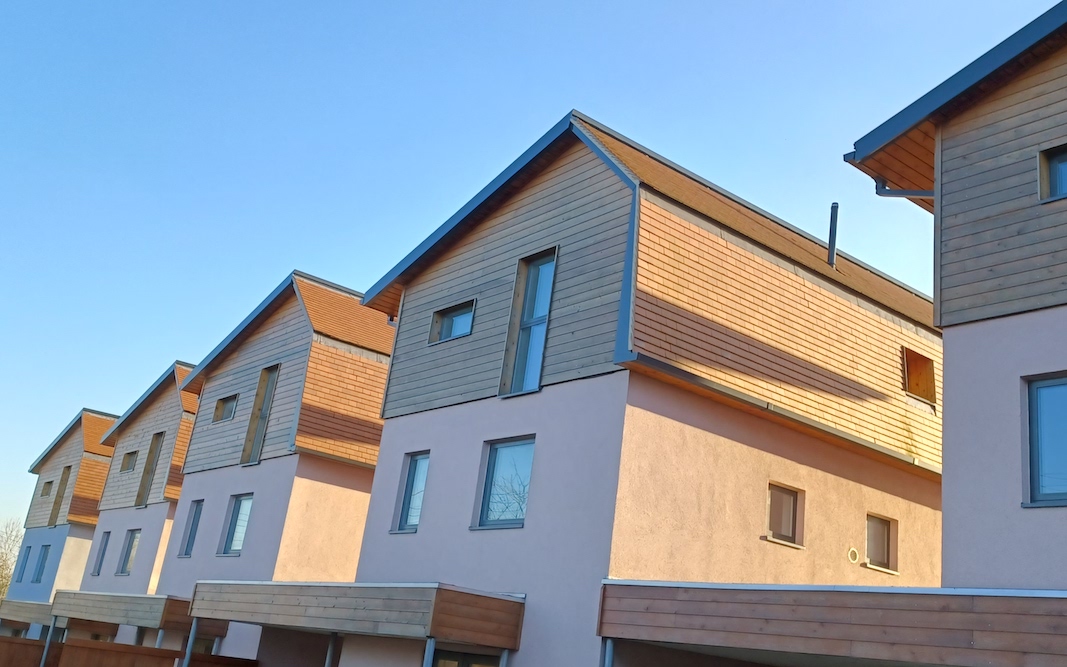
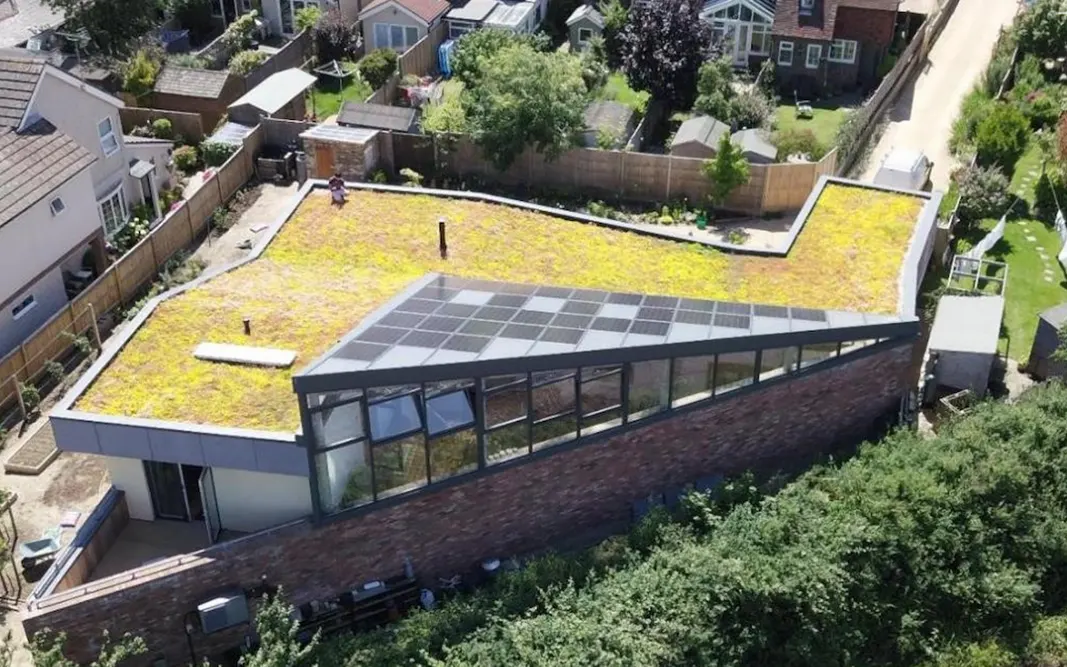
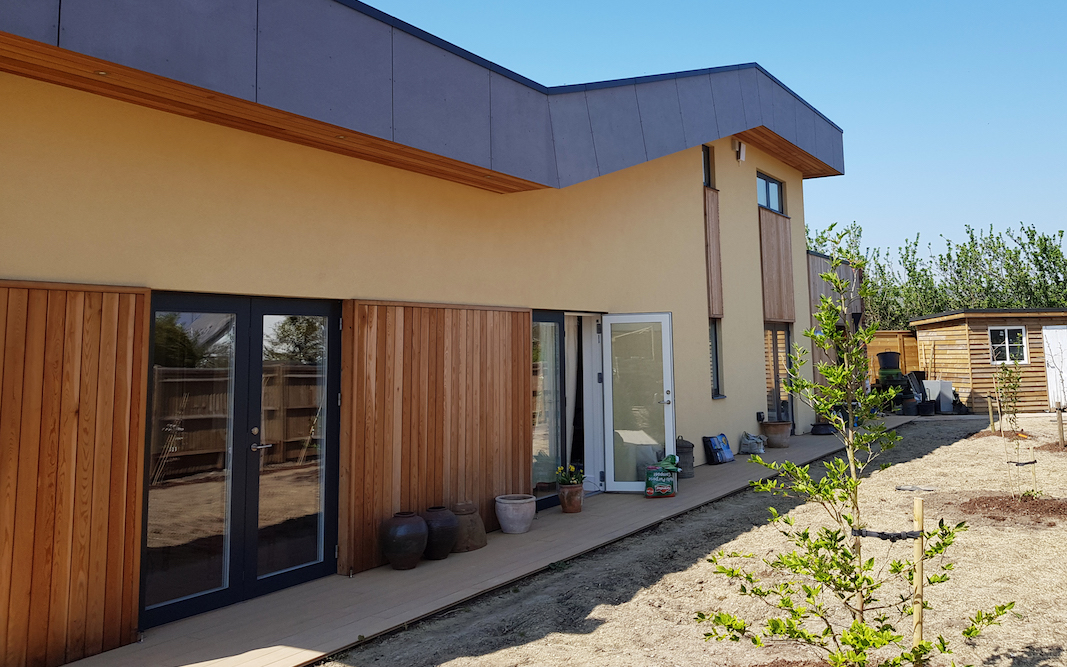
ZED Awards – Bill Dunster OBE
Get in Touch
